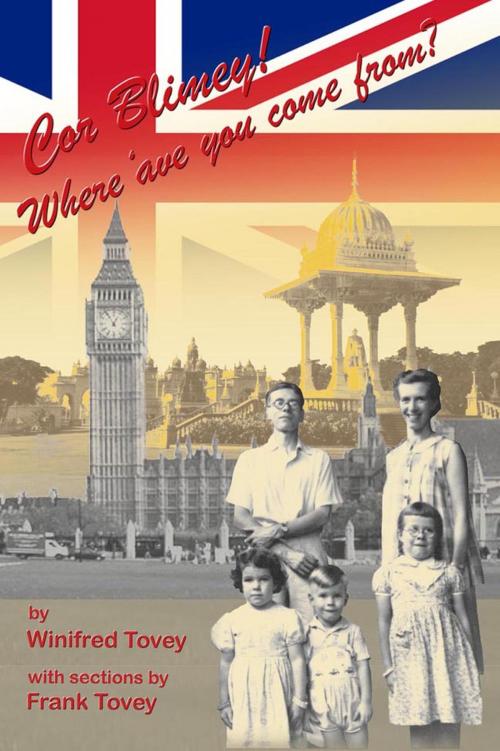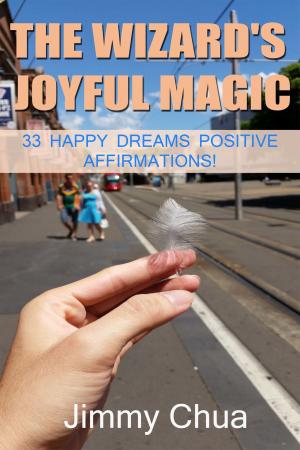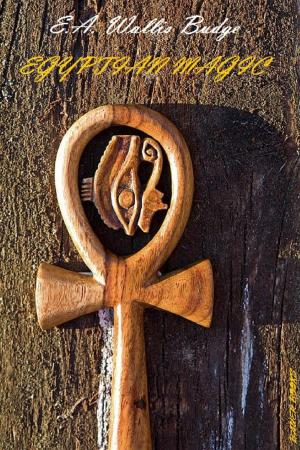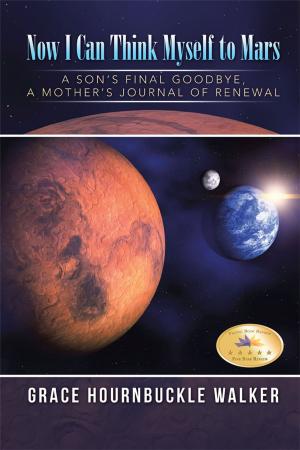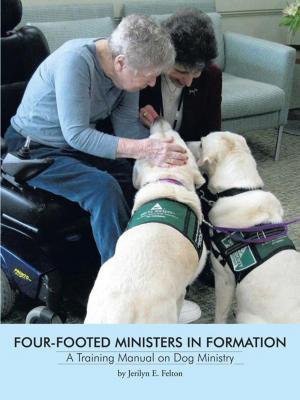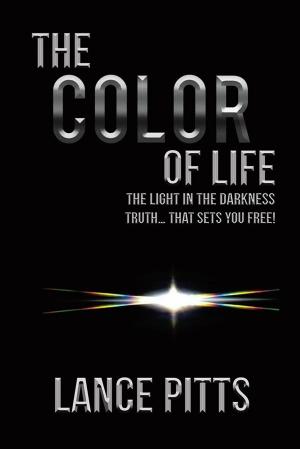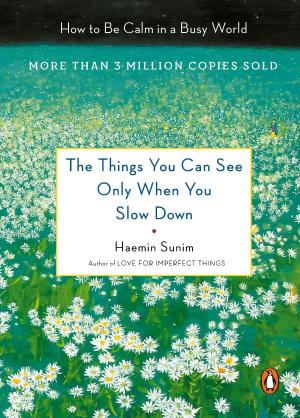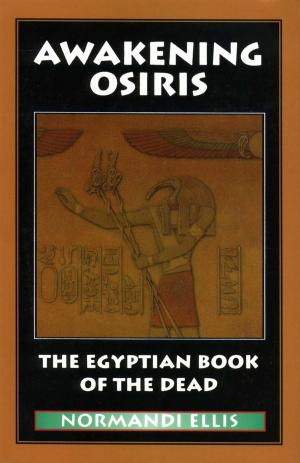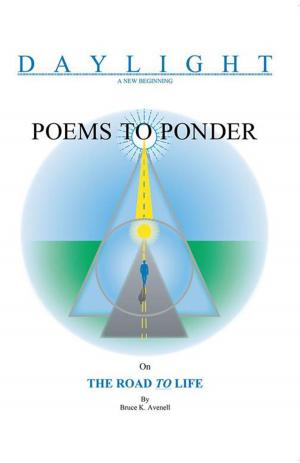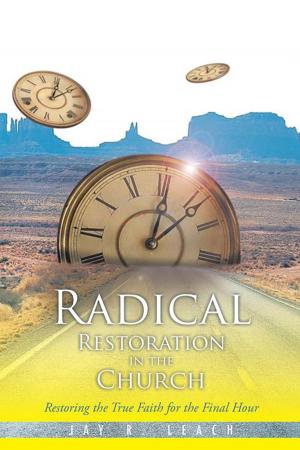Cor Blimey! Where 'ave you come from?
Nonfiction, Health & Well Being, Self Help, Meditations, Religion & Spirituality, New Age, Meditation| Author: | Jenny Knowles | ISBN: | 9780956535948 |
| Publisher: | Little Knoll Press | Publication: | March 2, 2013 |
| Imprint: | M-Y Books Ltd | Language: | English |
| Author: | Jenny Knowles |
| ISBN: | 9780956535948 |
| Publisher: | Little Knoll Press |
| Publication: | March 2, 2013 |
| Imprint: | M-Y Books Ltd |
| Language: | English |
Winifred Tovey’s autobiography is packed with stories and historic photos of India after Independence. In 1951 she travelled to India with her medical missionary husband, Frank, and two small daughters, to start life as medical missionary's wife in the southern city of Mysore. When they first arrived, the 'old India missionaries' instructed them to, ‘listen, learn and on no account express an opinion’. But they found too much need around them, and in no time at all they were extending Frank’s work as a surgeon at the Holdsworth Memorial Hospital to projects in the outlying areas. The advent of ‘Dapsone’ (in 1950) as an effective treatment for leprosy made it possible for their team to perform reconstructive surgery, rehabilitate leprosy sufferers and practically eradicate leprosy from local districts. With help at home from servants, Winnie was able to take on other projects as well, bringing bore wells and cottage industries to villages that had previously suffered regular famine in years of drought, and assisting in the resettlement of Tibetan refugees in nearby Bylakuppe. Winnie and Frank first travelled to India with a toddler and small baby, and then their family grew to four children and a menagerie of pets. Much of the story centres on the children’s experiences of India, from monkeys in the bedroom to elephants in the jungle, and from nursery school in the Maharaja’s Palace to boarding schools in Coonoor and Ooty. The book title, ‘Cor Blimey! Where ‘ave You Come From?’ comes from the remark made by a British taxi driver when he picked the family up from Tilbury Docks. The cabby could not believe the children’s questions about London. They were truly foreigners in their own land. Winnie wrote this autobiography in her nineties, with Frank contributing some sections. They can look back on huge changes that have taken place in their lifetimes, with medical advances and other events helping to shape newly Independent India into the India of today.
Winifred Tovey’s autobiography is packed with stories and historic photos of India after Independence. In 1951 she travelled to India with her medical missionary husband, Frank, and two small daughters, to start life as medical missionary's wife in the southern city of Mysore. When they first arrived, the 'old India missionaries' instructed them to, ‘listen, learn and on no account express an opinion’. But they found too much need around them, and in no time at all they were extending Frank’s work as a surgeon at the Holdsworth Memorial Hospital to projects in the outlying areas. The advent of ‘Dapsone’ (in 1950) as an effective treatment for leprosy made it possible for their team to perform reconstructive surgery, rehabilitate leprosy sufferers and practically eradicate leprosy from local districts. With help at home from servants, Winnie was able to take on other projects as well, bringing bore wells and cottage industries to villages that had previously suffered regular famine in years of drought, and assisting in the resettlement of Tibetan refugees in nearby Bylakuppe. Winnie and Frank first travelled to India with a toddler and small baby, and then their family grew to four children and a menagerie of pets. Much of the story centres on the children’s experiences of India, from monkeys in the bedroom to elephants in the jungle, and from nursery school in the Maharaja’s Palace to boarding schools in Coonoor and Ooty. The book title, ‘Cor Blimey! Where ‘ave You Come From?’ comes from the remark made by a British taxi driver when he picked the family up from Tilbury Docks. The cabby could not believe the children’s questions about London. They were truly foreigners in their own land. Winnie wrote this autobiography in her nineties, with Frank contributing some sections. They can look back on huge changes that have taken place in their lifetimes, with medical advances and other events helping to shape newly Independent India into the India of today.
